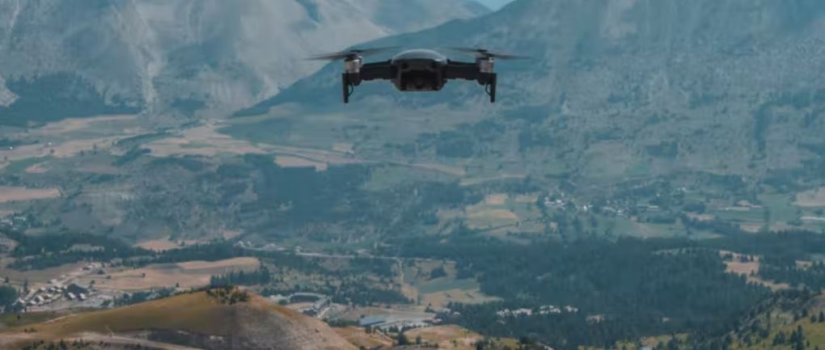Technology has undoubtedly contributed to global biodiversity loss and ecosystem degradation.
Where forests once stood, artificial lights now illuminate vast urban jungles. Where animals once roamed, huge factories now churn out microchips, computers, and cars. But now, we can also leverage technology to help repair our precious ecosystems.
Here, we discuss our two new research papers published today. They show how drones and genomics (the same technology used to identify COVID strains) can help protect and restore nature.
One paper demonstrates that drones can help safeguard biodiversity and monitor ecosystem restoration activities. They can also help us understand how impacts in one ecosystem may affect another.
Genomics can help identify populations that may be vulnerable to future climate change, and monitor elusive animals such as platypuses, lynx, and newts. Yet, our other paper found ecologists without genomics expertise thought the technology still needed to be tried and tested.
Remote sensing with drones
Drones are an increasingly common sight in, for instance, urban parks and weddings. Farmers also use them to assess crop health, and engineers use them to detect damage to bridges and wind turbines.
Drone technology has rapidly advanced over the last decade. Advancements include obstacle avoidance, enhanced flight times, high-definition cameras, and the ability to carry heavier payloads.
But can drones help repair damaged ecosystems? We reviewed the scientific literature from various environmental sectors to explore the existing and emerging uses of drones in restoring degraded ecosystems. The answer, we found, is a resounding “yes”.
We found drones can help map vegetation and collect water, soil, and grassland samples. They can also monitor plant health and wildlife population dynamics. This is essential for understanding whether a restoration intervention is working.
Continue reading: https://theconversation.com/drones-and-dna-tracking-we-show-how-these-high-tech-tools-are-helping-nature-heal-185140
Where forests once stood, artificial lights now illuminate vast urban jungles. Where animals once roamed, huge factories now churn out microchips, computers, and cars. But now, we can also leverage technology to help repair our precious ecosystems.
Here, we discuss our two new research papers published today. They show how drones and genomics (the same technology used to identify COVID strains) can help protect and restore nature.
One paper demonstrates that drones can help safeguard biodiversity and monitor ecosystem restoration activities. They can also help us understand how impacts in one ecosystem may affect another.
Genomics can help identify populations that may be vulnerable to future climate change, and monitor elusive animals such as platypuses, lynx, and newts. Yet, our other paper found ecologists without genomics expertise thought the technology still needed to be tried and tested.
Remote sensing with drones
Drones are an increasingly common sight in, for instance, urban parks and weddings. Farmers also use them to assess crop health, and engineers use them to detect damage to bridges and wind turbines.
Drone technology has rapidly advanced over the last decade. Advancements include obstacle avoidance, enhanced flight times, high-definition cameras, and the ability to carry heavier payloads.
But can drones help repair damaged ecosystems? We reviewed the scientific literature from various environmental sectors to explore the existing and emerging uses of drones in restoring degraded ecosystems. The answer, we found, is a resounding “yes”.
We found drones can help map vegetation and collect water, soil, and grassland samples. They can also monitor plant health and wildlife population dynamics. This is essential for understanding whether a restoration intervention is working.
Continue reading: https://theconversation.com/drones-and-dna-tracking-we-show-how-these-high-tech-tools-are-helping-nature-heal-185140

